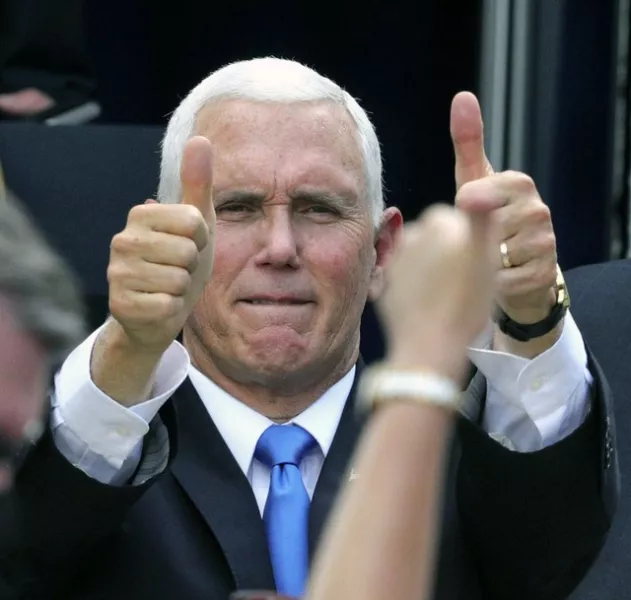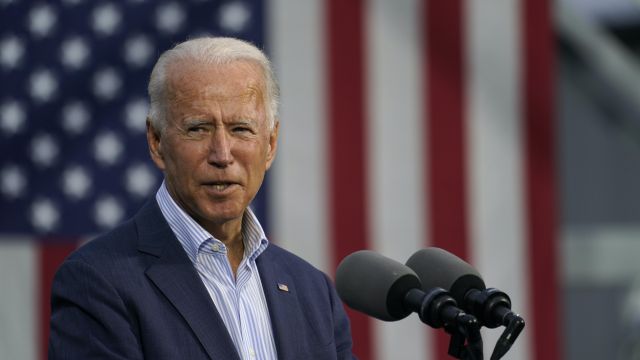The Biden campaign said the former vice president plans an afternoon campaign speech in Toledo, then will head to Cincinnati for a voter mobilisation event.
Vice president Mike Pence also plans a “Make America Great Again” campaign stop in Columbus on Monday, as he fills in for Donald Trump.

Mr Biden extended his advertising presence in Ohio last week, adding money notably to radio in rural western counties and in the state’s eastern and south-eastern Appalachian counties, where Mr Trump won big four years ago.
The president won the state over Democrat Hillary Clinton by 8 percentage points in 2016.
The announcement comes as surveys show the race in Ohio close, with Mr Trump consistently trailing in key northern industrial states he won in 2016.
They include Michigan — which is within shouting distance of Toledo, in Ohio’s north-west corner – as well as Pennsylvania and Wisconsin.
The Trump campaign characterises Mr Biden as a latecomer to a state where its ground operation — including 28 field offices and more than 117 staff — has been active for months.
This election, you have the power to choose:
Hope over fear.
Truth over lies.
Unity over division.
Vote. https://t.co/eoxT07uII9— Joe Biden (@JoeBiden) October 11, 2020
Advertisement
“While Joe Biden and Democrats fumble to find Ohio at the 11th hour, Trump Victory never took the Buckeye State for granted and developed the strongest grassroots operation in the history of our state,” spokesman Dan Lusheck said in a statement on Saturday.
“We look forward to a big win for Team Trump on November 3rd.”
Mr Biden’s team has said it always had Ohio on its wish list. His work with the automotive industry and his middle-class north-east Pennsylvania upbringing helped fuel the hope.
However, his team has been spending television advertising dollars more aggressively, earlier in Iowa and Georgia, because the two states – though also a leap for a Democratic nominee – have fewer larger media markets and therefore cost less to advertise.
Mr Trump’s support has declined in suburbs across Ohio this year, notably in and around Cincinnati, according to surveys by Republican legislative strategists, worrying them about whether his plan to turn out more voters than in 2016 in the rural parts of the state can compensate for the losses.







